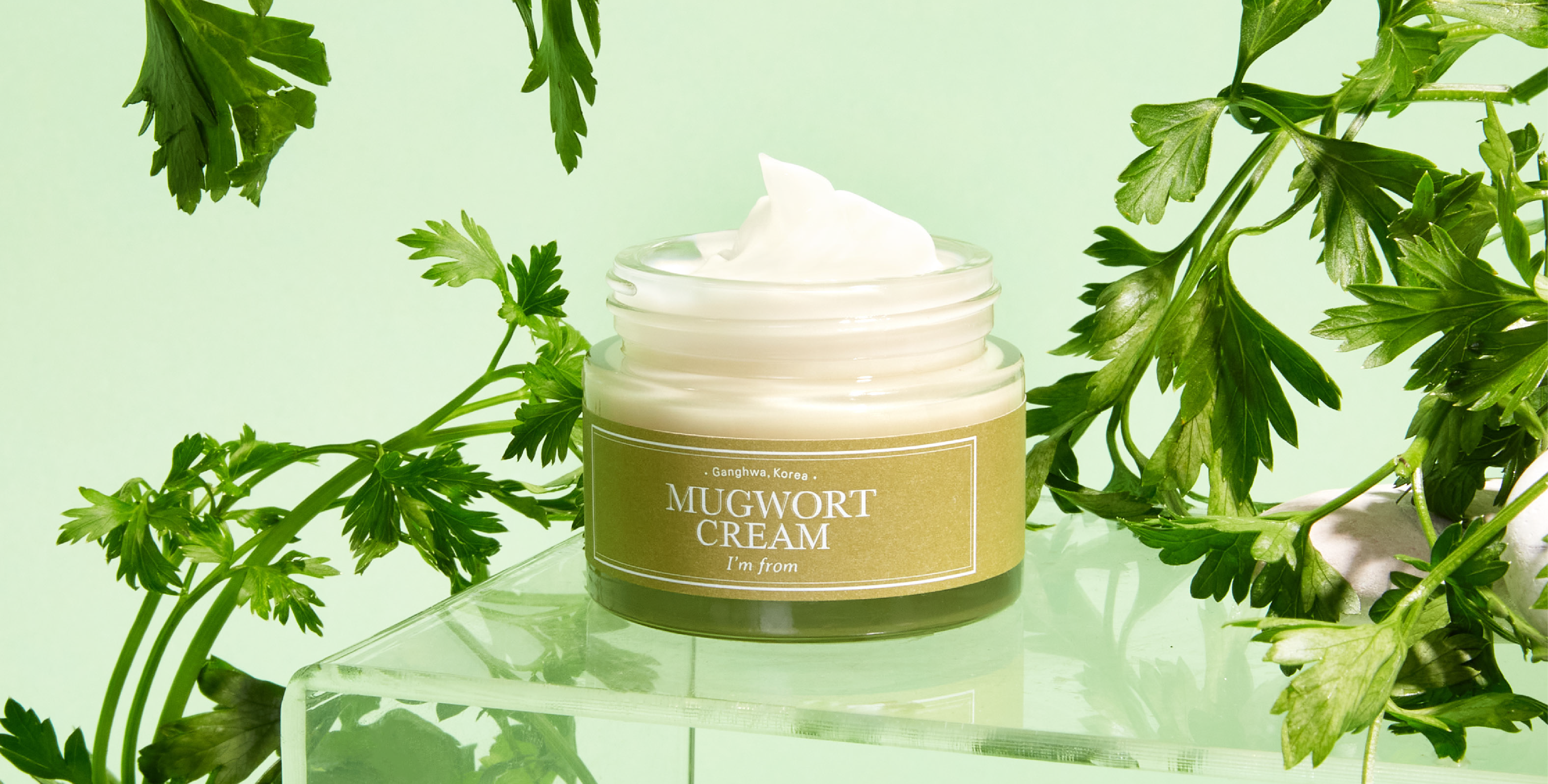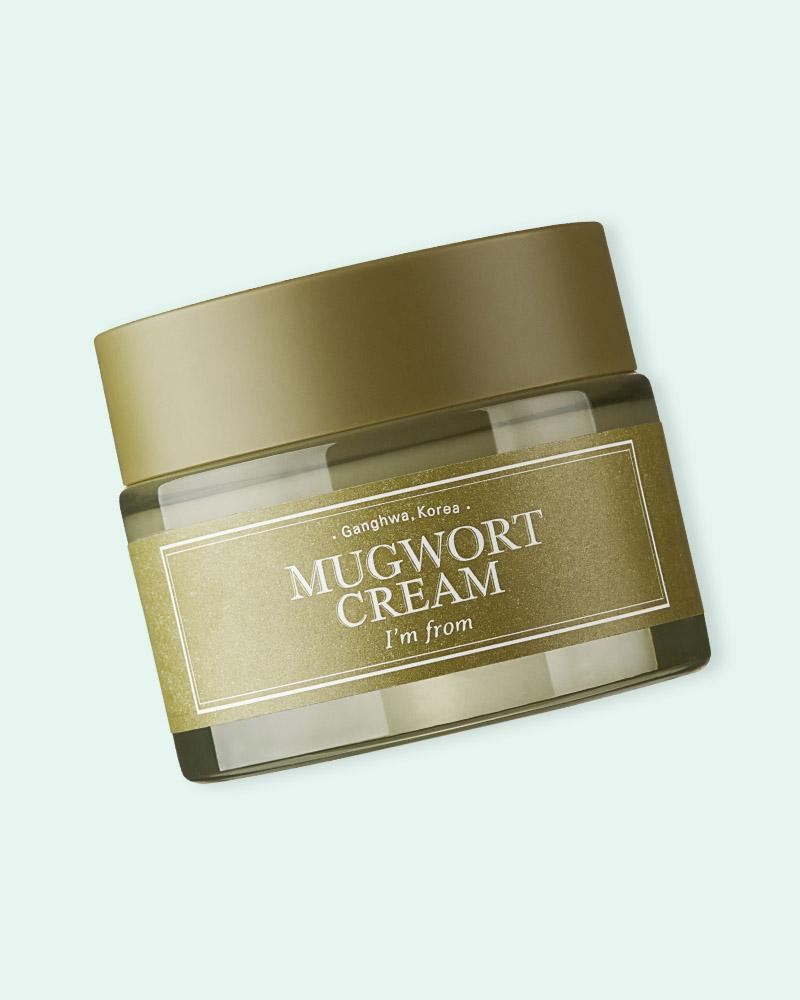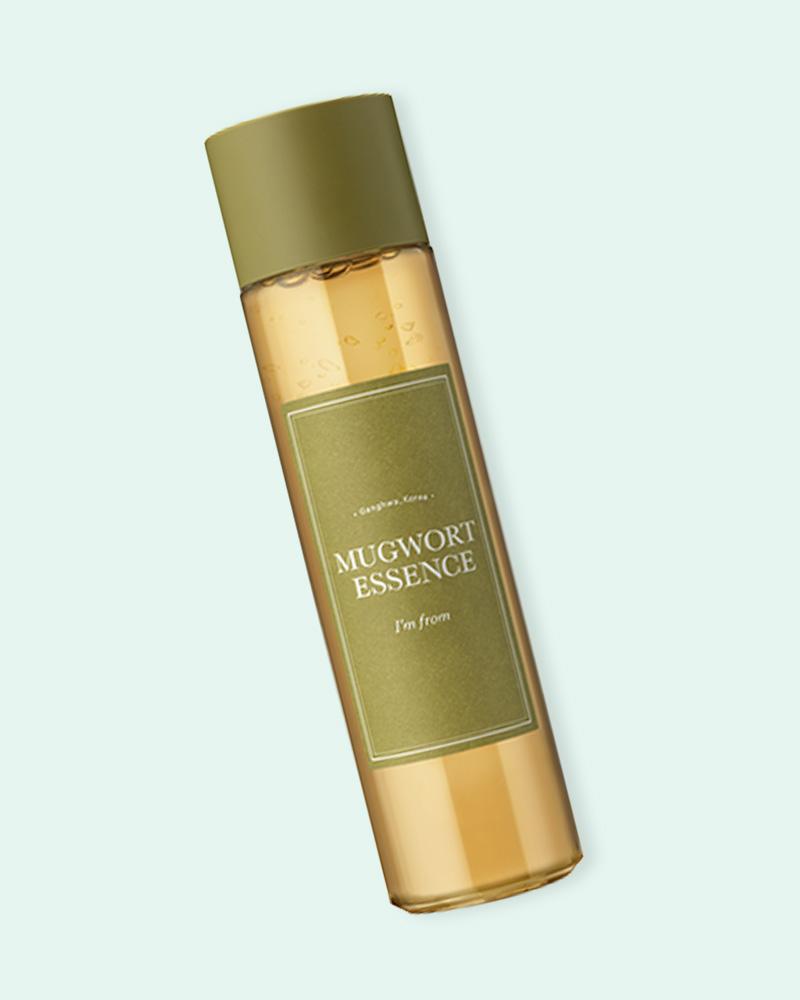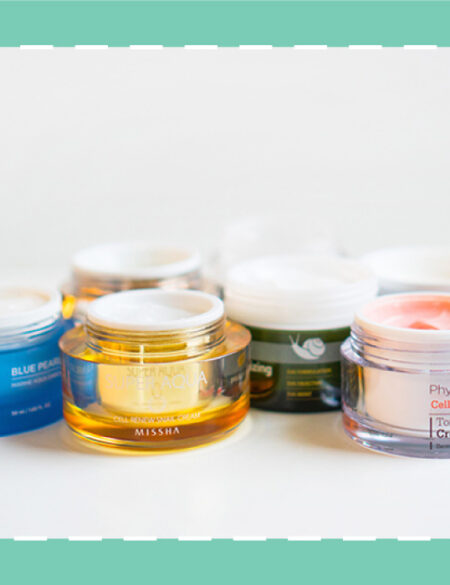This hidden winter skin concern is absolutely no match for our favorite hydrating, soothing K-Beauty ingredient.
Many of us believe that seasonal skin dehydration and dryness are the two worst skin concerns that pop up during the winter.
It’s hard to imagine anything worse than dry, irritated skin and a compromised barrier during biting cold temperatures and dry spells. But, if you’ve ever been skiing, tubing, or even been out for a bit while wintry blustery weather wreaks havoc, you know there’s a winter skin concern worse than dryness: windburn.
Many who hit the slopes will tell you windburn, characterized by redness reminiscent of a sunburn, can be unbearable, leaving the face overly sensitive and tender to the touch. In order for you to fully enjoy your winter activities, we’re breaking down how to identify windburn, what it does to the skin, and, of course, how to treat and prevent windburn itself!
What Is Windburn and How Do You Get It?
It’s not unusual to wonder how your skin can acquire a burn during the colder seasons. The day is a lot shorter, meaning there’s less exposure to harmful UV rays. It’s also great to note you’re covered up in layers and layers of clothing most of the time. So, that leaves the question: how can you still get a burn during biting temperatures?
Well, experts aren’t entirely sure. Windburn’s a bit of a divisive topic for dermatologists and scientists, who are separated into two direct camps. The first, believes windburn is a condition that exists on its own.
These experts believe that the cold winter winds can act as an exfoliant, sloughing off dead skin cells and stripping your skin of its natural oils, disrupting the skin barrier and causing dryness and sensitivity. Windburned skin is red, often feels burnt, and is incredibly sensitive. Often, it peels and is tender to the touch!
Other experts argue that windburn is just sunburn and often use the terms interchangeably. The combination of underapplying SPF during the winter months and the way snow and ice reflect UV rays make the perfect sunburn storm, resulting in red, damaged skin.
The Skin Cancer Foundation combines the two above theories, believing it’s a bit of both. They think the cold, bitter wind sloughs off the top layer of skin, exposing new, tender skin to UV rays, resulting in damaged, burnt skin. Ouch!
How to Treat and Combat Windburn
Combating and preventing windburn requires a similar approach to the one many of us take towards sunburn.
Building up the skin barrier with a heavier, hydrating moisturizer and preventing any possible free radical damage to the skin with a sunscreen is your best bet to combat and treat windburn.
We recommend finding a moisturizer that contains both soothing and hydrating ingredients that can help calm redness while simultaneously restoring the skin barrier.
That’s why we recommend I’m From’s Mugwort Cream, which uses mugwort, an adored ingredient in traditional Korean medicine, that calms redness nourished irritated skin. This makes it a great way to fortify the barrier and battle the sensitivity that cold winter winds and strong rays can bring about.

Mugwort, for so long, has also been a go-to ingredient to treat common skin problems like rosacea, eczema, and even flare-ups from psoriasis. The extract also helps soothe and nourish the skin with antioxidants that fight environmental aggressors while repairing your damaged skin barrier.
Before slathering your skin in I’m From Mugwort Cream goodness, take a crack at their hydrating and soothing Mugwort Essence.This refreshing formula adheres to and absorbs into the skin to soothe and recharge moisture from within. It also prepares the skin to soak up all of the products that you apply after!
After applying the Mugwort Cream, we recommend following up with a sunscreen with at least SPF 50. Remember, especially if you’re hitting the slopes or outside during a blustery day, that sunscreen should be reapplied every two hours!
Windburn, whether it be a singular phenomenon, or a combination of wind and sunburn, is a painful concern that results in a compromised barrier. Get ahead of it this winter with a solid soothing moisturizer and sunscreen!
+Have you had windburn? How did you get it? Let us know below!
















